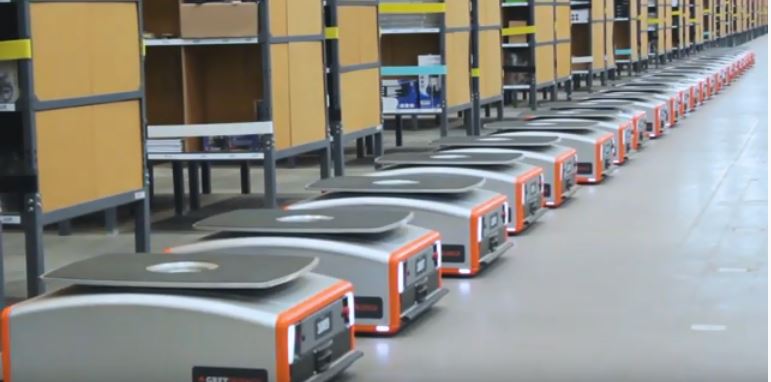Cobot or collaborative robots are robots designed to interact with humans being in a share space to work alongside on the same tasks. The first cobots that were developed guaranteed human safety by having no interior source of motive power. In its place, motive power was offered by the human being. Cobots was invented with a function to allow computer control of motion, by cooperatively redirecting a payload with a human worker. The development of modern technology such as cognitive computing, mobile technology, touch technology and machine vision has made it possible for small robots to be conscious of their environs and do multiple tasks safely that is close to human workers.
Cobots, also known as collaborative robots, are envisioned to interact with humans in shared space to work securely nearby. Cobots stand in contrast to traditional industrial robots, which are intended to function separately with protection assured by separation from social links. With sensors and other design features such as rounded edges and lightweight materials, collaborative robots (cobots) can interrelate directly with humans. Service robots, which are for domestic and professional use, can be considered to be cobots as they are planned to function together with humans. Cobot collaborative can perform many functions, and it can be used to power repetitive and tasks that are not ergonomic such as fetching and carrying weighty parts, machine feeding, and final assembly. Cobot collaborative robot enable electronics manufacturers to extend robotics to final finishing tasks and quality inspection.


